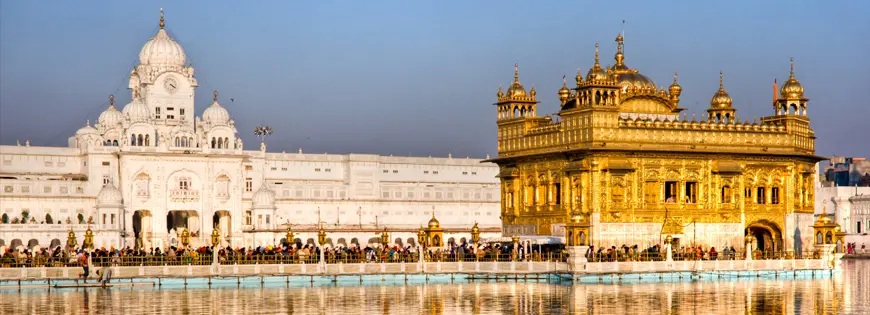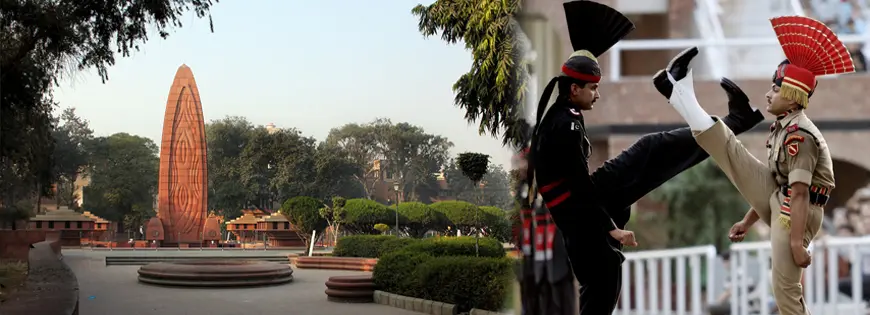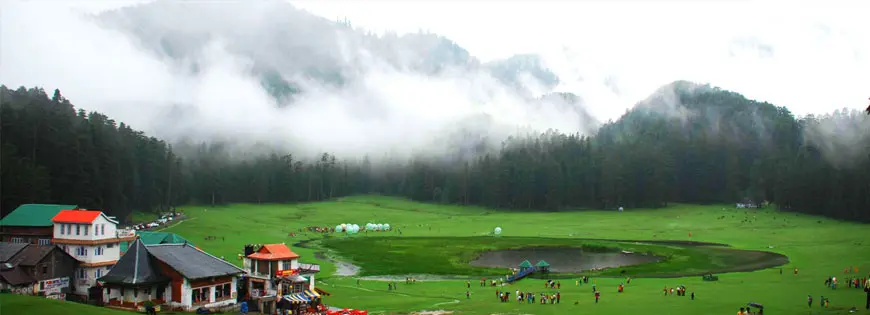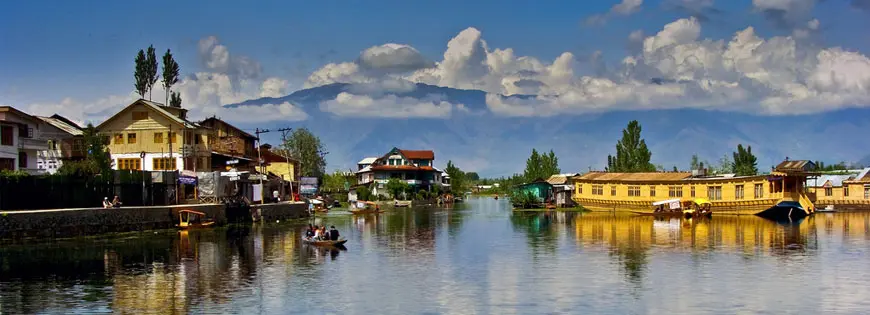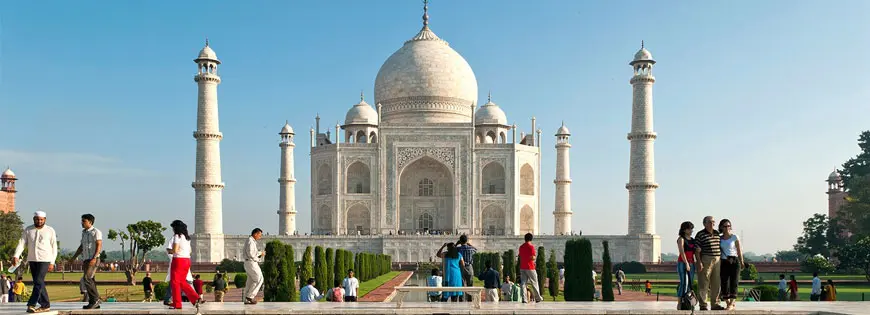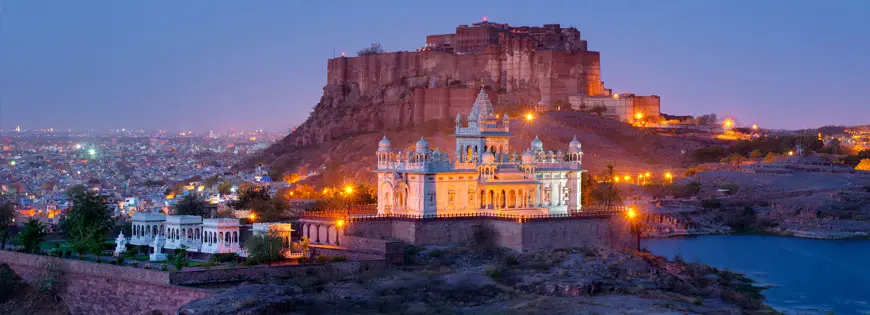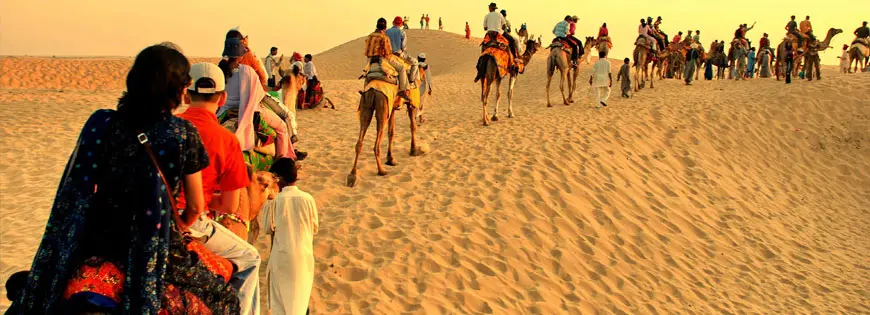
About Amritsar City
History of Amritsar
Amritsar historically also known as Ramdaspur and colloquially as Ambarsar, is a city in north-western part in India. It is the spiritual centre for the Sikh religion and the administrative headquarters of the Amritsar district in the state of Punjab.
Amritsar, literally meaning the 'Pool of the Nectar of Immortality', is one of the major cities of the Punjab state. The administrative headquarters of the Amritsar District, it is the major spiritual and cultural centre of Sikhs.
The city was founded by Guru Ram Das in 1574 on land bought by him for 700 rupees from the owners of the village of Tung. Earlier Guru Ram Das had begun building Santokhsar Sarovar, near the village of Sultanwind in 1564 (according to one source in 1570). It could not be completed before 1588. In 1574, Guru Ram Das built his residence and moved to this place. At that time, it was known as Guru Da Chakk. (Later, it came to be known as Chakk Ram Das).
It is home to the Harmandir Sahib (referred to as the "Golden Temple" in the western media), the spiritual and cultural center for the Sikh religion. This important Sikh shrine attracts more visitors than the Taj Mahal with more than 100,000 visitors on week days alone and is the most popular destination for Non-resident Indians (NRI) in the whole of India. The city also houses the Sikh temporal and political authority, Akal Takht, as well as the Sikh Parliament.
Amritsar is one of the largest cities of the Punjab state in India. The city origin lies in the village of Tung, and was named after the lake founded by the fourth Sikh Guru Ram Das in 1574 on land bought by him for 700 rupees from the owners of the village of Tung. Earlier Guru Ram Das had begun building Santokhsar Sarovar, near the village of Sultanwind in 1564 (according to one source in 1570). It could not be completed before 1588. In 1574, Guru Ram Das built his residence and moved to this place. At that time, it was known as Guru Da Chakk. (Later, it came to be known as Chakk Ram Das.)
Amritsar's central walled city has narrow streets mostly developed in the 17th and 18th century. The city is a peculiar example of an introverted planning system with unique areas called Katras. The Katras are self-styled residential units that provided unique defence system during attacks on the city.
The city lies on the main Grand Trunk Road (GT Road) from Delhi to Amritsar connecting to Lahore in Pakistan. The G. T. Road, built by Sher Shah Suri, runs through the whole of the northern half of the Indian subcontinent, connecting Peshawar, Pakistan to Sonargaon, Bangladesh. The city is also connected to most other major cities such as New Delhi, Mumbai, Calcutta by an extensive network of rail system. The city also provides air connectivity to major Indian cities, as well as international cities such as Birmingham, Toronto, Dubai, Singapore, Tashkent, Ashgabat, London etc. from the Raja Sansi International Airport, recently renamed as Guru Ramdas International Airport. The airport is being developed for increasing demand in future; a new International inbound and outbound terminal is operational, and a cargo terminal is under construction. The city is the administrative center for the Amritsar District. However, it did not become the industrial center of Punjab due to its proximity to the volatile Indo-Pakistan border.
Climate of Amritsar:
Amritsar has an extreme type of climate with very hot summers and chilly winters. The region has four distinct seasons- the winter season (November to March), the summer season (April to June), monsoon season ( July to September) and post- monsoon season (September to November). Summers can be as hot as 46 degrees. During winters, temperature may drop down to a minimum of - 3 degrees centigrade. The ideal time to visit Amritsar is between the months of October and March.
Tourist Places of Amritsar:
Golden Temple - The Golden Temple or Har Mandir Saheb is the holiest shrine for the people of Sikh religion. The temple was the main centre of the old Amritsar city, which is visited by the Sikh devotees from all parts of the world. Built between 1588 and 1601, the temple architecture is a combination of Hindu and Muslim styles.
Jallianwala Bagh - The park is situated close to the Golden Temple. It commemorates 2,000 Indians, who were killed or wounded by the British soldiers during a meeting.
Wagah Border - Wagah Border, the final frontier is located about 47 kms from Amritsar. This is the only border crossing between India and neighbour country Pakistan. Every evening at sunset the parade takes place between the soldiers of India and Pakistan. It is a great moment to see the soldiers of both the countries in high enthusiasm and respect for each other.
Mata Mandir Temple - Located at Rani Ka Bagh, this temple was developed by a grand old pious woman. Built on the lines of holy shrine of Mata Vasihno Devi in Jammu, the temple is thronged by a large number of devotees.
Ram Tirath Temple - Situated on the outskirts of Amritsar, the temple is the birthplace of Lav and Kush. The sacred place for the Hindus, is visited by a large number of people to get a glimpse of statues illustrating scenes from the mythological Ramayana.
Lalbagh Garden - Covering an area of 240 km, this beautifully laid out garden is a popular picnic spot in the city. The garden is home to many tropical and subtropical plants, a deer park, fountains and pond that attract the visitors.
Mata Temple - This Hindu temple, was built to commemorate a bespectacled 20th century female Saint Lal Devi. Mata Temple is mostly visited by women wishing to have children.
Tarn Taran - Located about 25 kms south of Amritsar, this is an important Sikh tank. It is said that the tank has healing properties and corrects minor skin ailments.


